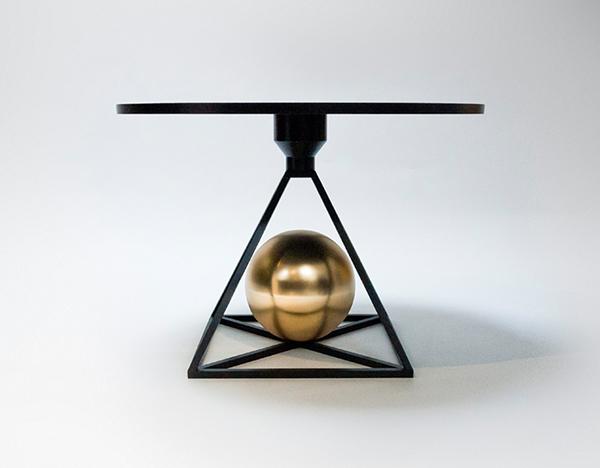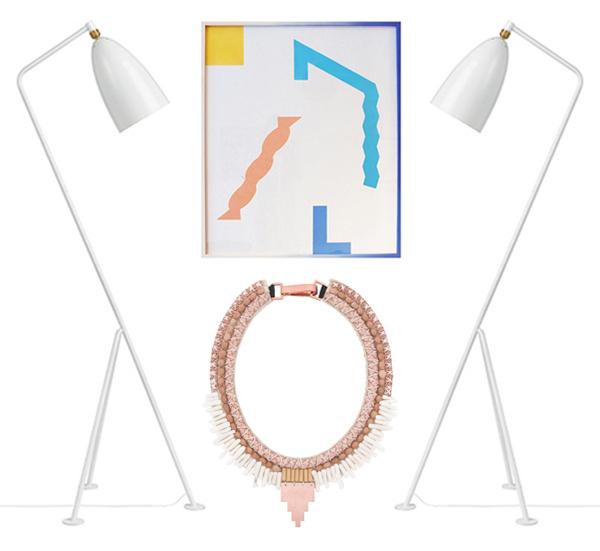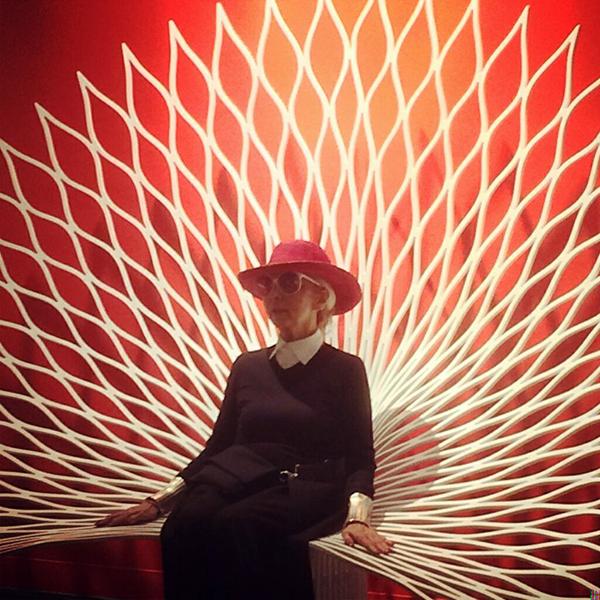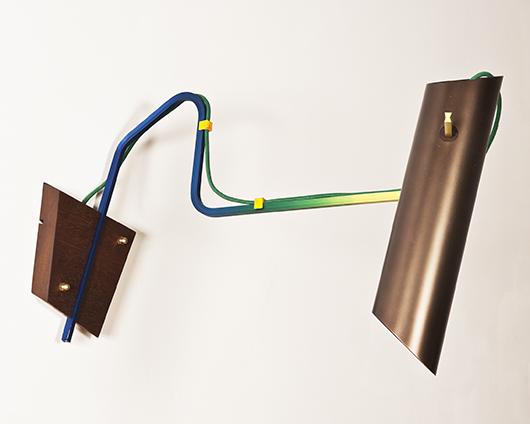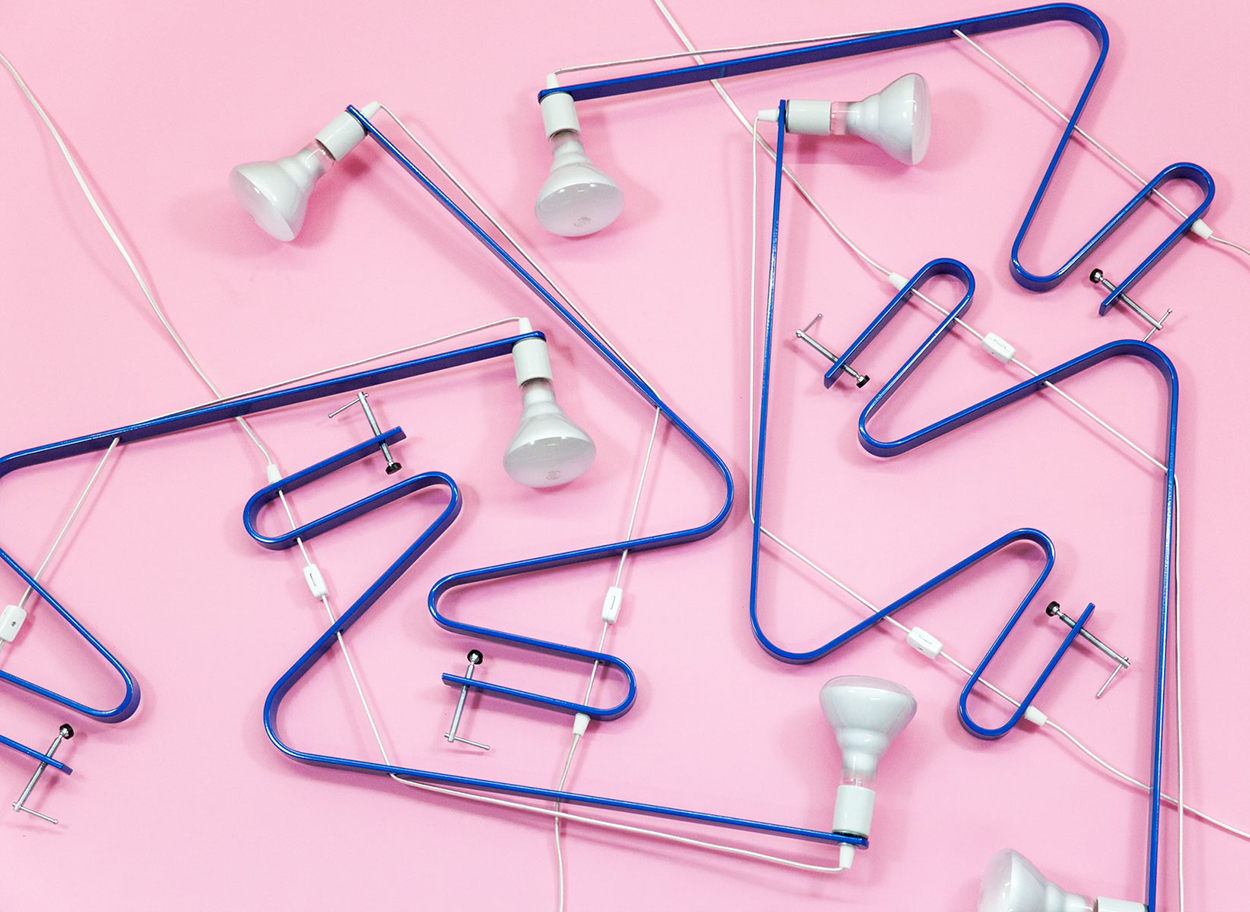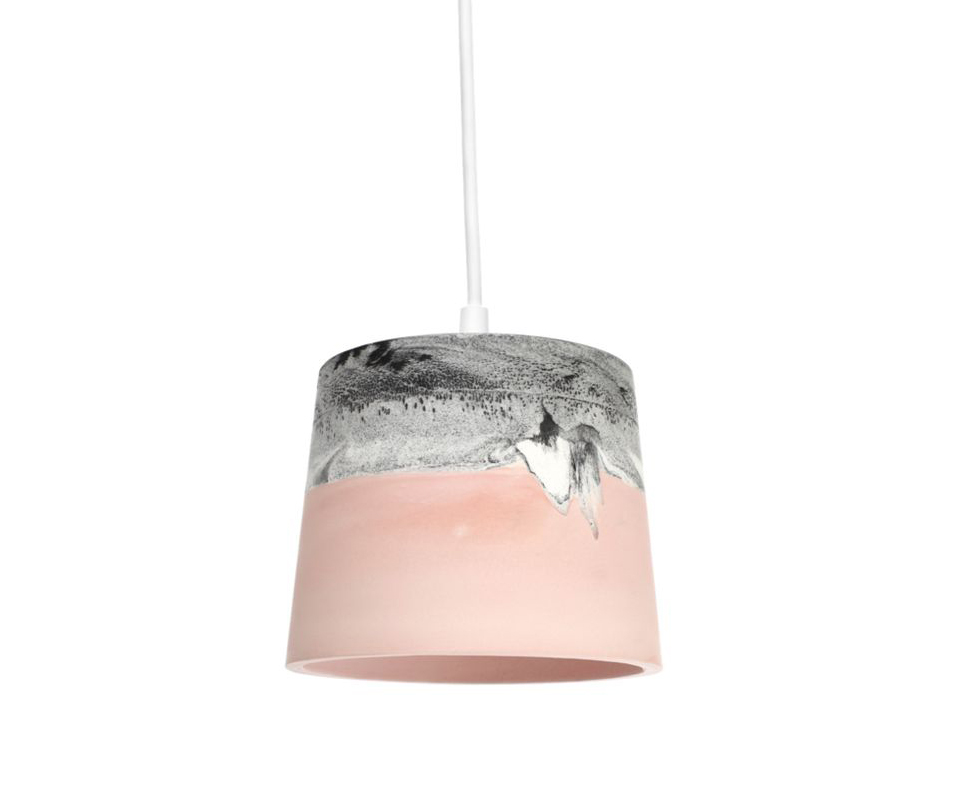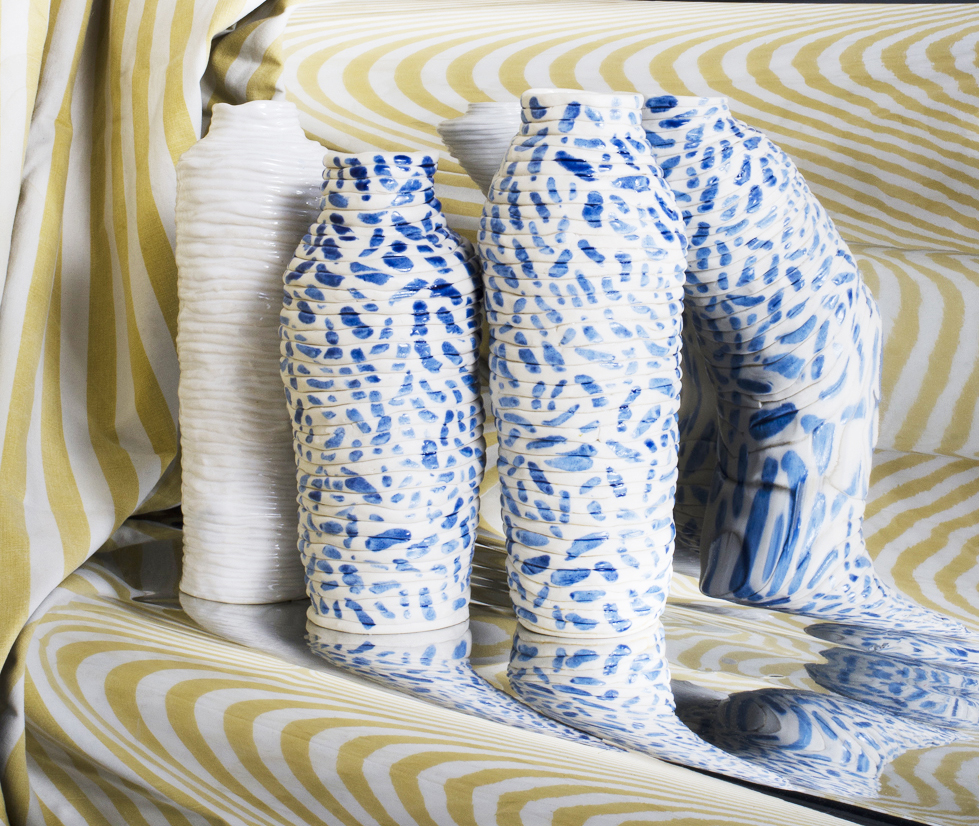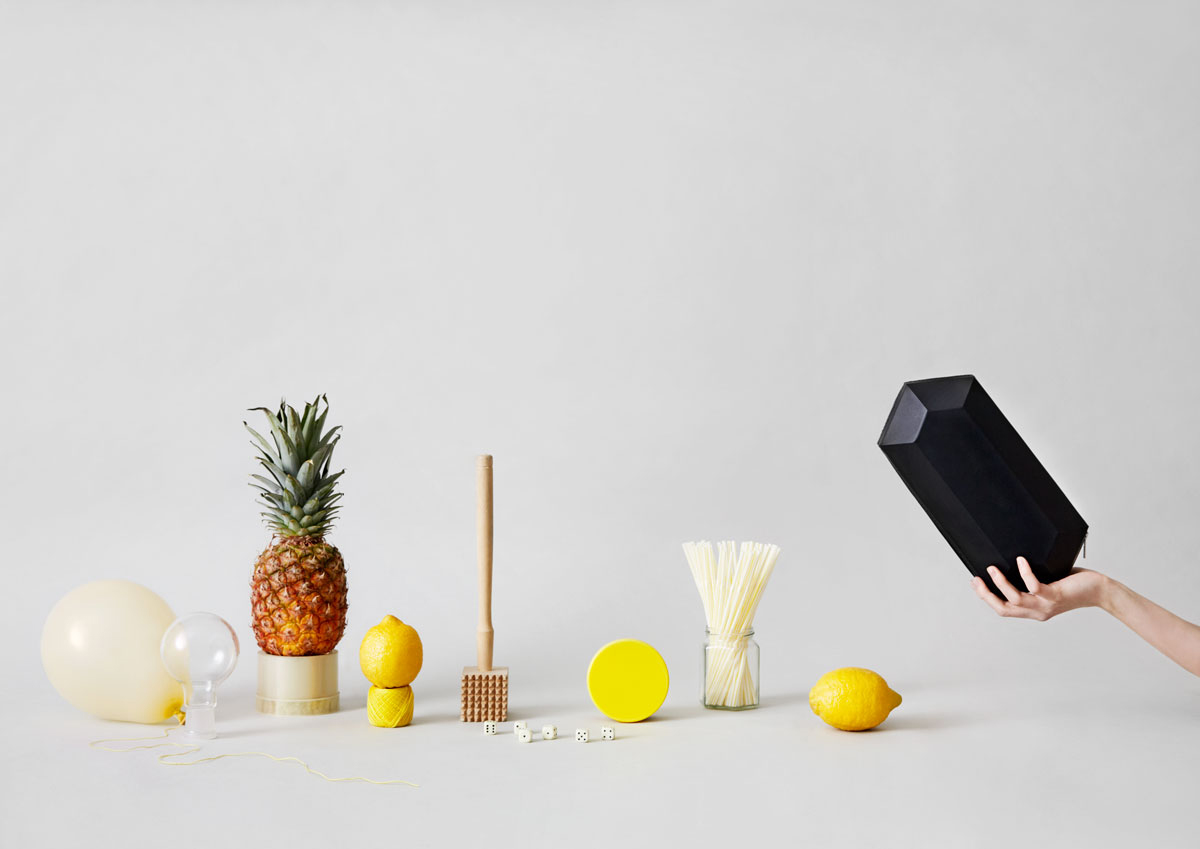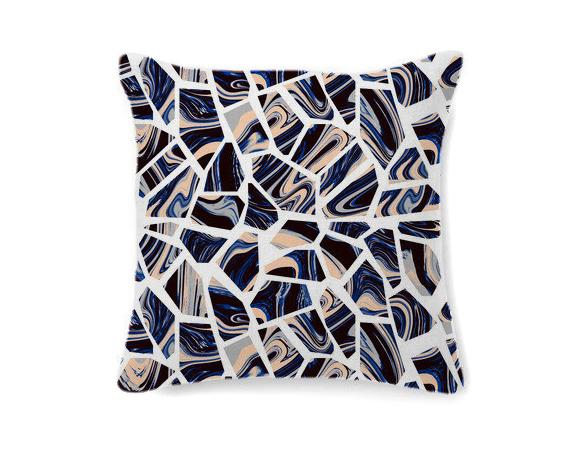In April, we introduced you to BYCO, a production platform and online shop for custom clothing designs submitted by up-and-coming fashion talents. But BYCO also had a small section for housewares, where designers could apply imagery to a standardized selection of pillows, duvets, and curtains — an idea that co-founders Jesse and Meredith Finkelstein have taken one step further with their new spinoff project, Print All Over Me. The site harnesses the same overseas manufacturing capabilities the pair utilize for BYCO, but instead of producing custom pieces, it offers designers a choice of eight blanks onto which they can apply any image file — think CafePress, but with shirts, sweatpants, hats, pillows, totes, and scarfs that are actually fashion-forward (Jesse's also the designer behind the New York label JF&Son). Print All Over Me is technically still in beta, but we were so excited about its possibilities that we invited a few friends — Will Bryant, Mel Nguyen, New Friends, Clay Hickson, and Tim Colmant —to post a few items just for us. Read on to check out and shop their mini-collections, or create and sell your own designs.
